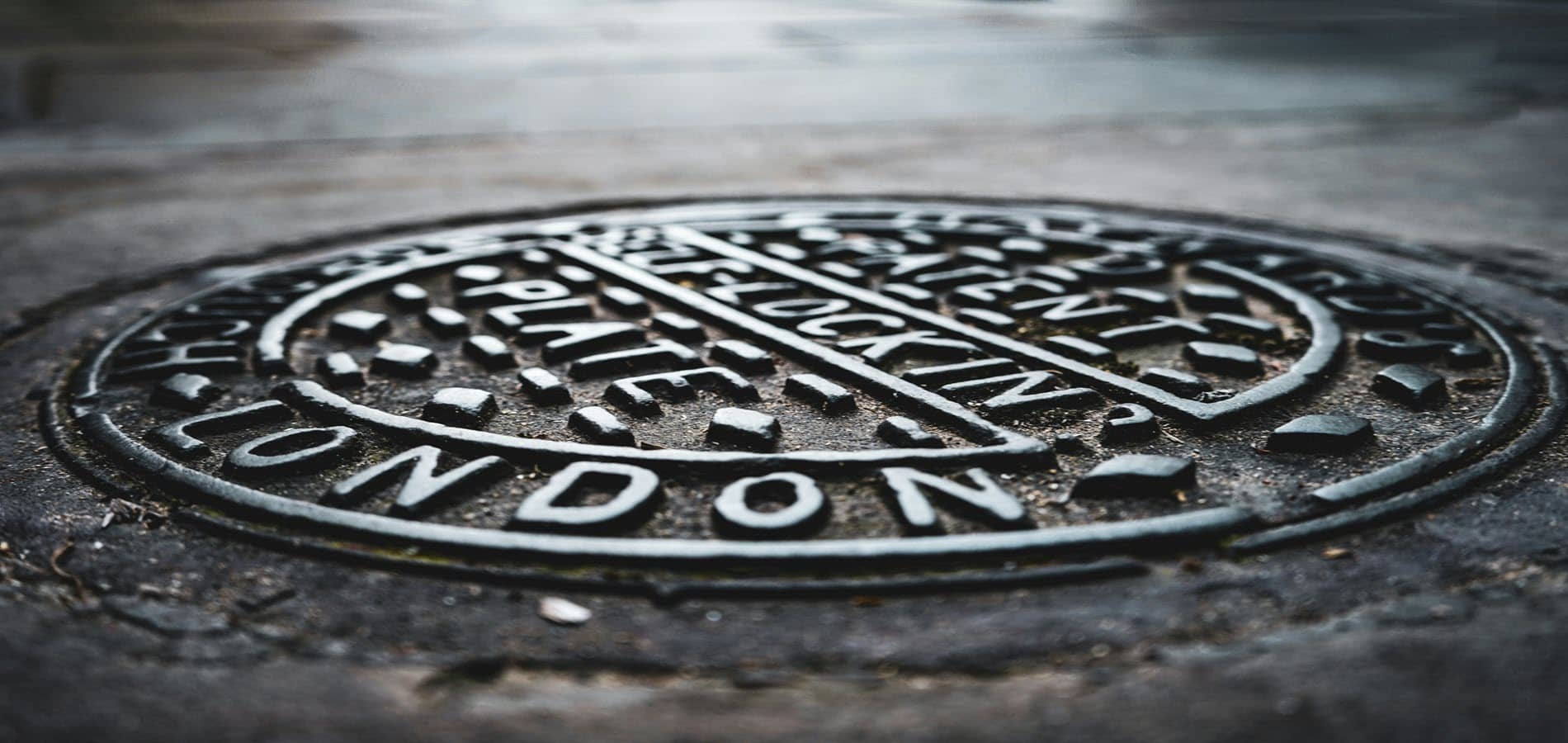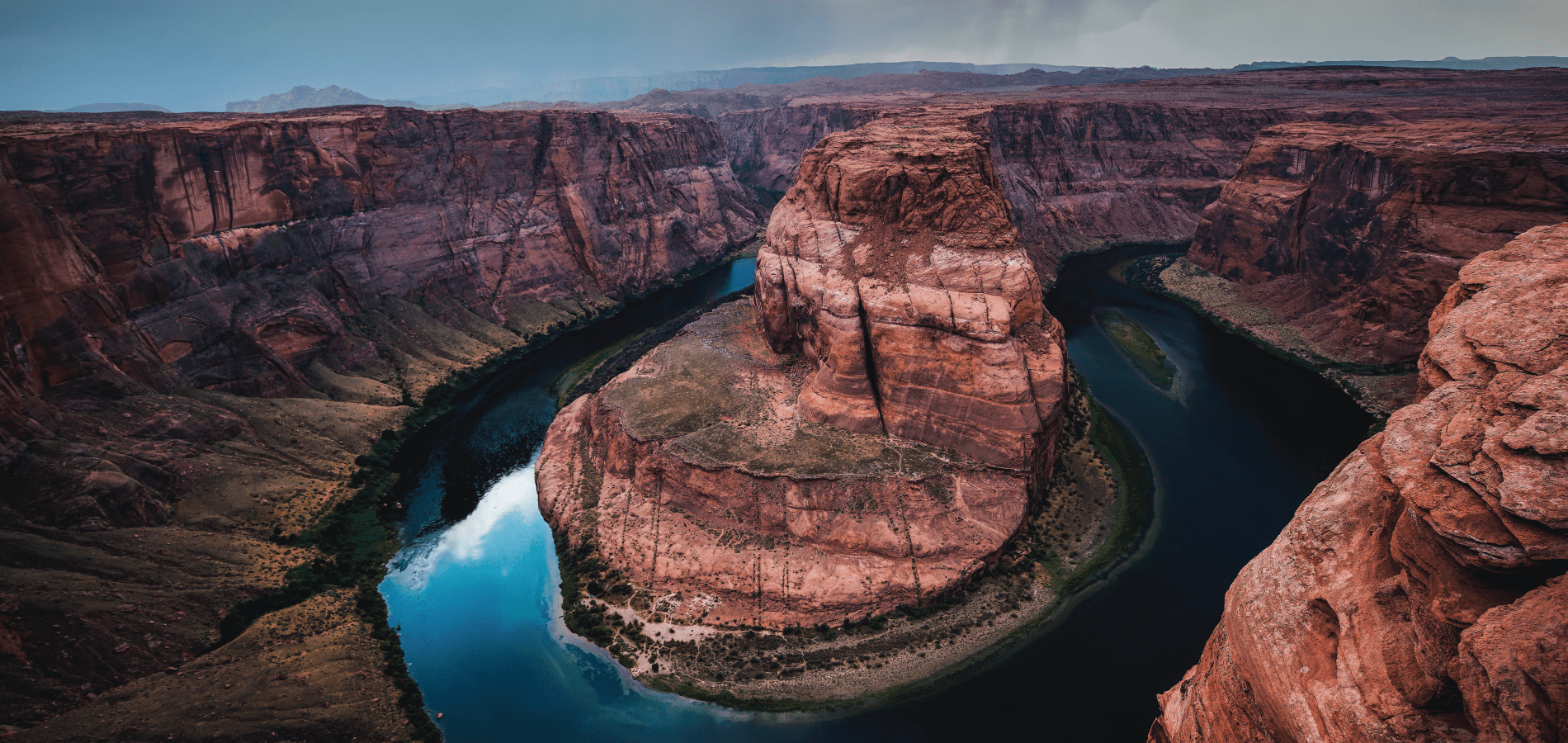Before 1970, most Americans weren’t aware that anything was wrong with the environment. They drove gas-guzzling cars. Many didn’t recycle. They didn’t question the pollution being dumped into their lakes and released into their air. Climate change and environmental conservation were not topics of political conversation. That all changed in 1970, when activists across the country came together for Earth Day, which became the largest one-day protest in all of world history. How did it all happen, in an era before internet and social media? Let’s dive into HeinOnline to learn more about the history behind the first Earth Day!
A Planet in Crisis
In 1962, biologist and nature writer Rachel Carson’s groundbreaking book Silent Spring was released. The book focused on the detrimental effects of insecticide, particularly DDT,[1]Oliver Houck, The Return of Silent Spring, 36 TUL. ENV’t L.J. 1 (2023). This article can be found in HeinOnline’s Law Journal Library. on nature and bird populations. This was the first time that the harmful impacts of pesticides were brought to the mainstream consciousness. Later in the decade, on January 28, 1969, more than 3 million gallons of oil spilled off the Santa Barbara coast,[2]Malcoln F. Baldwin, The Santa Barbara Oil Spill, 42 U. COLO. L. REV. 33 (1970). This article can be found in HeinOnline’s Law Journal Library. killing thousands of birds, seals, dolphins and sea lions. On June 22, 1969, the Cuyahoga River in Cleveland caught fire[3]Jordan Becker, Beyond Our Borders: Barriers and Solutions to Applying Environmental Regulations to U.S. Corporations That Outsource Production, 31 COLO. NAT. RESOURCES ENERGY & ENVTL. L. REV. 165 (2020). … Continue reading due to chemical waste buildup in its waters. These events began to show Americans the tangible impacts of industrialization and pollution on their environment—and that the planet as they knew it was in danger.

A Grassroots Operation
At a conference in Seattle in September 1969, Senator Gaylord Nelson[4]Milo Mason, Gaylord Nelson (1916-2005), Founder of Earth Day, 35 NAT. RESOURCES & ENV’t 44 (2021). This article can be found in HeinOnline’s Law Journal Library. (D-WI) proposed a nationwide environmental teach-in[5]Jack Lewis, The Spirit of the First Earth Day, 16 EPA J. 8 (1990). This article can be found in HeinOnline’s Law Journal Library. to be held on April 22, 1970. The idea for a teach-in was inspired by the Vietnam War protests that had sparked across college campuses throughout the 1960s. Nelson stated, “I am convinced that the same concern the youth of this nation took in changing this nation’s priorities on the war in Vietnam and on civil rights can be shown for the problem of the environment.[6]Crane-Hirsch, Audrey Celeste. Earth Day: Fact Sheet. , . HeinOnline, https://heinonline.org/HOL/P?h=hein.crs/govelih0001&i=2. This document can be found in HeinOnline’s U.S. Congressional Documents database. That is why I plan to see to it that a national teach-in is held.”
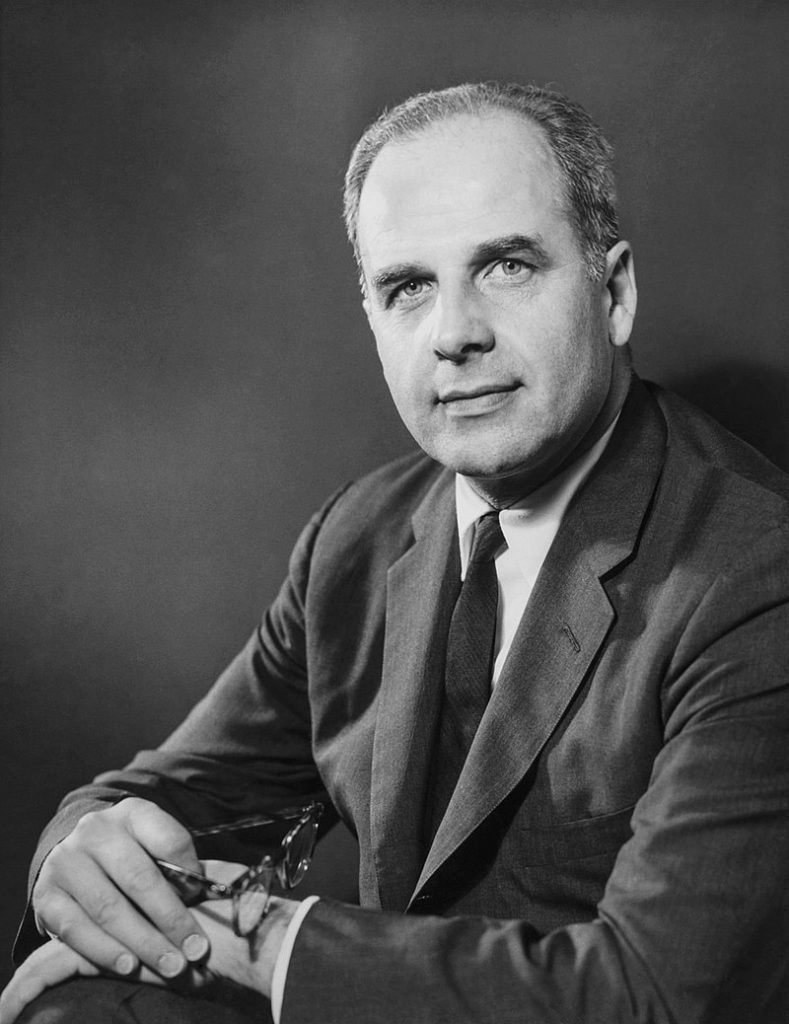
Nelson enlisted Denis Hayes,[7]Vicki Quade, 20 Years of Saving the Earth, 17 BARRISTER 16 (1990). This article can be found in HeinOnline’s Law Journal Library. a young activist, to help him coordinate the teach-in. To help spread the word, they worked with Julian Koenig, the advertising mastermind behind Volkswagen’s “Think Small” campaign. Koenig advised Nelson to go with the name Earth Day,[8]IAEA programs of safeguards : hearing before the Committee on Foreign Relations, United States Senate, Ninety-seventh Congress, first session, December 2, 1981. . , . HeinOnline, … Continue reading and an ad was placed in the Sunday New York Times opinion section to immense success. Thousands of people across the country volunteered to participate and provide financial support.
One of the most ardent supporters of the Earth Day effort was United Auto Workers (UAW) leader Walter Reuther.[9]Jedediah Purdy, The Long Environmental Justice Movement, 44 ECOLOGY L.Q. 809 (2018). This article can be found in HeinOnline’s Law Journal Library. Reuther was a founding member of the Coalition for Clean Air, the group that lobbied Congress for the Clean Air Act which eventually passed in Congress in 1970. The UAW paid for, printed, and mailed a variety of materials[10]Todd E. Vachon & Jeremy Brecher, Are Union Members More or less Likey to Be Environmentalists: Some Evidence from Two National Surveys, 41 LAB. STUD. J. 185 (2016). This article can be found in HeinOnline’s Law … Continue reading for the first Earth Day and encouraged its members across the nation to participate in demonstrations.
The Largest Demonstration in History
Earth Day spread across the United States like wildfire. Overall, more than 20 million people came out to join events and demonstrations, making it the largest secular demonstration in all of human history. Rallies were held in Philadelphia, Chicago, Los Angeles, and Washington, D.C. The mayor of New York City closed down two miles of Fifth Avenue[11]Jack Lewis, The Spirit of the First Earth Day, 16 EPA J. 8 (1990). This article can be found in HeinOnline’s Law Journal Library. for the event. Protests were held for legislation that guarantees clean air and clean water, as well as the elimination of the use of DDT. Overall, the purpose of Earth Day was to put environmental issues and regulation on the national agenda.
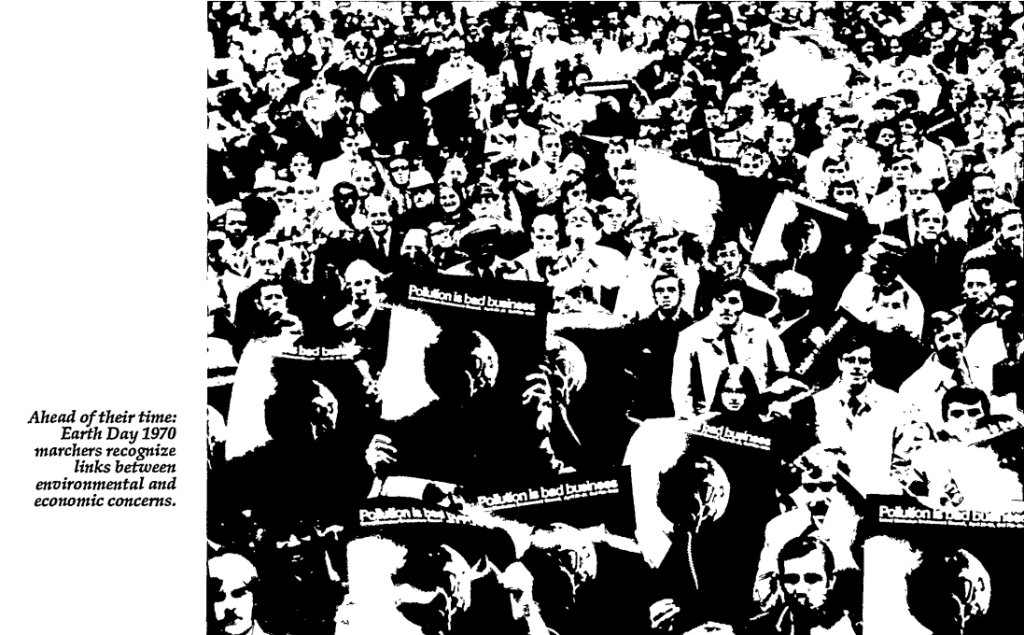
1970 just so happened to be an election year. Following Earth Day, the organizers enacted a campaign called the Dirty Dozen[12]Richard Toshiyuki Drury, Rousing the Restless Majority: The Need for a Blue-Green-Brown Alliance, 19 J. ENVTL. L. & LITIG. 5 (2004). This article can be found in HeinOnline’s Law Journal Library.—a publicized list of 12 congressional candidates who had bad track records regarding environmental concerns. In the end, seven out of the 12 candidates on the list were defeated in elections, which surely had an impact on the volume of environmental legislation that was to pass in Congress throughout the 1970s.
Protecting the Earth One Law at a Time
Following the mass awareness of environmental issues sparked by the first Earth Day, throughout the 1970s, Congress proceeded to pass a series of laws aimed at preventing climate change and instilling environmental protections. One of the most important was the establishment of the Environmental Protection Agency,[13]Richard Nixon, Message to the Congress Transmitting Reorganization Plan 4 of 1970: National Oceanic and Atmospheric Administration – July 9, 1970, 1970 Pub. Papers 587 (1970). This document can be found in HeinOnline’s U.S. … Continue reading which began operating in December 1970 to protect environmental and public health. Additionally, DDT and lead in gasoline were banned. A wave of other essential acts was passed during this time period, including
- Clean Air Act[14]To improve, strengthen, and accelerate programs for the prevention and abatement of air pollution., Public Law 88-206, 88 Congress. 77 Stat. 392 (1963). This act can be found in HeinOnline’s U.S. Statutes at Large database. (1970): allowed Congress and states to regulate toxic emissions
- Clean Water Act[15]To provide for water pollution control activities in the Public Health Service of the Federal Security Agency and in the Federal Works Agency, and for other purposes., Public Law 80-845 / Chapter 758, 80 Congress. 62 Stat. 1155 (1949) (1948). This … Continue reading (1972): controls pollution and water quality in federal bodies of water
- Marine Mammal Protection Act[16]To protect marine mammals; to establish a Marine Mammal Commission; and for other purposes., Public Law 92-522, 92 Congress. 86 Stat. 1027 (1972). This act can be found in HeinOnline’s U.S. Statutes at Large database. (1972): helps to prevent population decline of marine mammals
- Endangered Species Act[17]To provide for the conservation of endangered and threatened species of fish, wildlife, and plants, and for other purposes., Public Law 93-205, 93 Congress. 87 Stat. 884 (1973). This act can be found in HeinOnline’s U.S. Statutes at Large … Continue reading (1973): works to conserve and protect threatened and endangered species
- Toxic Substances Control Act[18]To regulate commerce and protect human health and the environment by requiring testing and necessary use restrictions on certain chemical substances, and for other purposes., Public Law 94-469, 94 Congress. 90 Stat. 2003 (1976). This act can be … Continue reading (1976): allows the EPA to regulate chemical substances and mixtures
- Resource Conservation and Recovery Act[19]To provide technical and financial assistance for the development of management plans and facilities for the recovery of energy and other resources from discarded materials and for the safe disposal of discarded materials, and to regulate the … Continue reading (1976): governs the disposal of solid and hazardous waste materials
- Surface Mining Control and Reclamation Act[20]To provide for the cooperation between the Secretary of the Interior and the States with respect to the regulation of surface coal mining operations and the acquisition and reclamation of abandoned mines, and for other purposes., Public Law 95-87, … Continue reading (1977): regulates environmental effects of coal mining
Perhaps most importantly, public opinion on the importance of environmental conservation changed. According to the EPA, in May 1971, 25% of the U.S. public declared protecting the environment to be an important goal, representing a 2,500 percent increase from 1969.
Gaylord Nelson was eventually honored with the Presidential Medal of Freedom[21]William J. Clinton, Statement Announcing the Award of the Presidential Medal of Freedom to Gaylord Nelson – April 21, 1995, 1995 Pub. Papers 567 (1995). This document can be found in HeinOnline’s U.S. Presidential Library … Continue reading for his efforts in organizing Earth Day.
Ever since 1970, Earth Day has been celebrated annually on April 22. Earth Day went international in 1990, with events held in more than 140 countries.
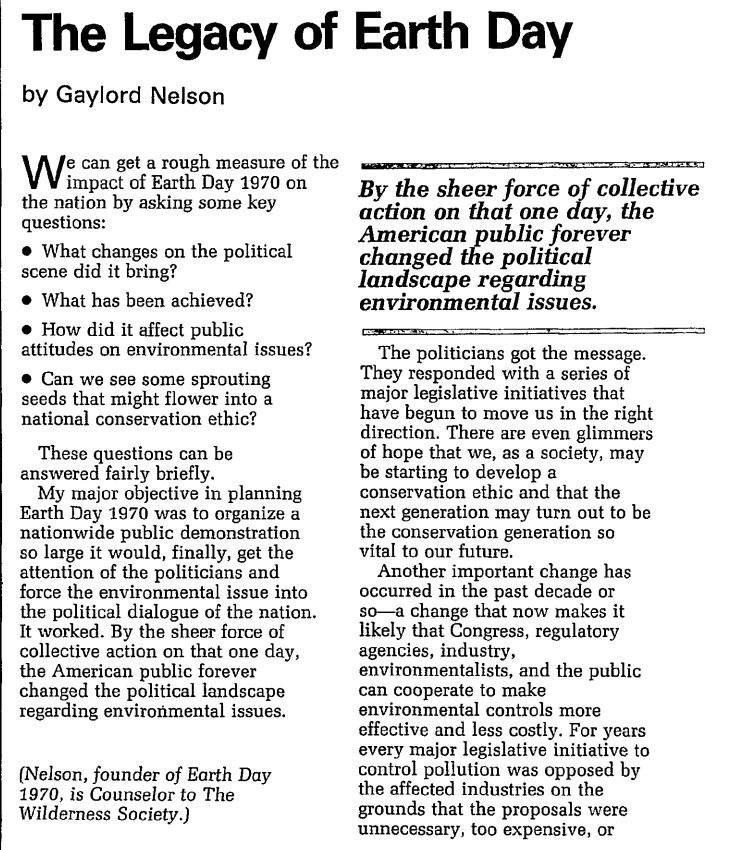
Earth Day Today
On Earth Day 2016, the Paris Agreement[22]TIAS 16-1104 [i] Multilateral. Paris Agreement on Climate Change. December 12, 2015. In Force: Yes. This treaty can be found in HeinOnline’s U.S. Treaties & Agreements Library. was opened for signature at the UN Headquarters in New York City. It was signed by 195 out of 198 Parties and was ratified that November. The Agreement is a legally binding contract that holds a goal to keep the increase in global average temperature below 2°C above pre-industrial levels. Progress has been made, but scientists agree that much more aggressive efforts are needed. The United States withdrew from the Paris Agreement under the Trump administration,[23]Administration of Donald J. Trump, 2017 Remarks Announcing United States Withdrawal From the United Nations Framework Convention on Climate Change Paris Agreement , Daily Comp. Pres. Docs. 1 . This document can be found in HeinOnline’s … Continue reading but has since rejoined the agreement under President Biden.[24]Leggett, Jane A. United States Rejoins the Paris Agreement on Climate Change: Options for Congress. , . HeinOnline, https://heinonline.org/HOL/P?h=hein.crs/goveciv0001&i=1. This document can be found in HeinOnline’s U.S. … Continue reading In 2023, the United Nations Climate Change Conference agreed that action needs to be taken by 2030 to transition from fossil fuels to renewable energy.
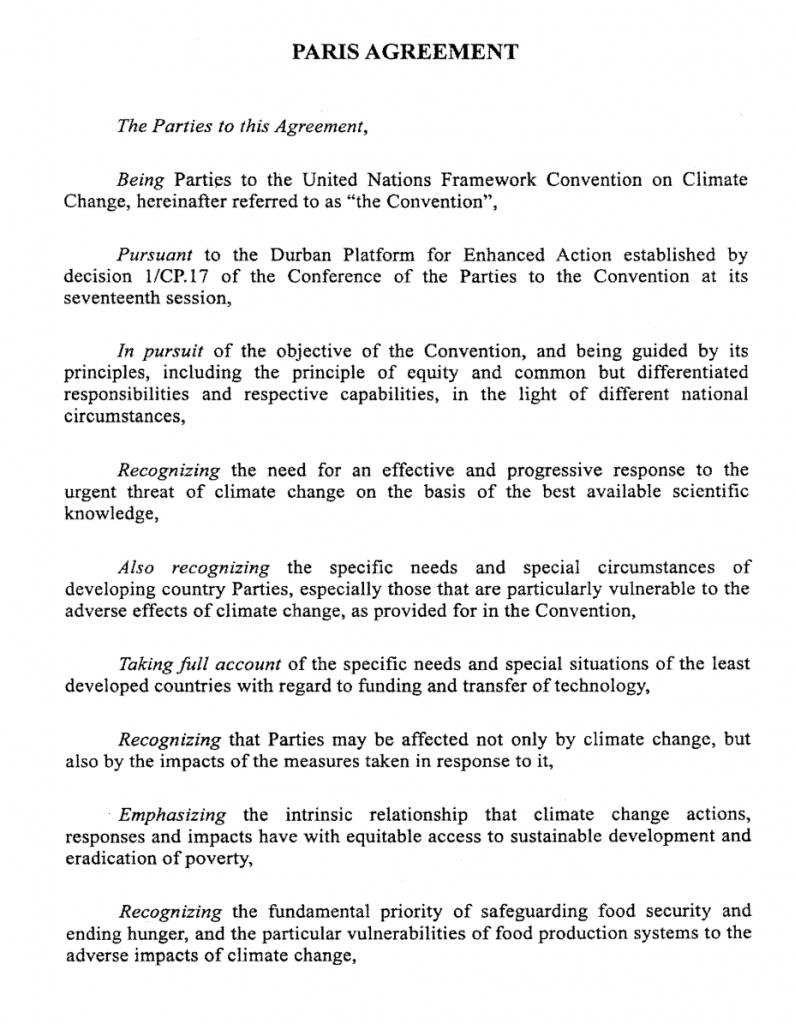
This year, Earth Day’s theme is Planet vs. Plastics. Organizers are demanding a 60% reduction in plastics production by 2040. Today, Earth Day, organized by EARTHDAY.ORG, has more than 75,000 partners and 1 billion participants across the globe.
Continue Researching the Environment – Without Wasting Paper
Want to continue learning more about environmental issues? HeinOnline has you covered. You can explore this issue using PathFinder in our Law Journal Library, with subjects such as:
- Environmental Law
- Environmental Justice
- Environmental Science
- Environmental Protection
- and much more
Plus, our handy tools reduce your need to print. You can download articles and documents as PDFs, save and export your research in your MyHein profile, and access over 200 million pages of content without using a single piece of paper! Happy Earth Day!
HeinOnline Sources[+]
| ↑1 | Oliver Houck, The Return of Silent Spring, 36 TUL. ENV’t L.J. 1 (2023). This article can be found in HeinOnline’s Law Journal Library. |
|---|---|
| ↑2 | Malcoln F. Baldwin, The Santa Barbara Oil Spill, 42 U. COLO. L. REV. 33 (1970). This article can be found in HeinOnline’s Law Journal Library. |
| ↑3 | Jordan Becker, Beyond Our Borders: Barriers and Solutions to Applying Environmental Regulations to U.S. Corporations That Outsource Production, 31 COLO. NAT. RESOURCES ENERGY & ENVTL. L. REV. 165 (2020). This article can be found in HeinOnline’s Law Journal Library. |
| ↑4 | Milo Mason, Gaylord Nelson (1916-2005), Founder of Earth Day, 35 NAT. RESOURCES & ENV’t 44 (2021). This article can be found in HeinOnline’s Law Journal Library. |
| ↑5 | Jack Lewis, The Spirit of the First Earth Day, 16 EPA J. 8 (1990). This article can be found in HeinOnline’s Law Journal Library. |
| ↑6 | Crane-Hirsch, Audrey Celeste. Earth Day: Fact Sheet. , . HeinOnline, https://heinonline.org/HOL/P?h=hein.crs/govelih0001&i=2. This document can be found in HeinOnline’s U.S. Congressional Documents database. |
| ↑7 | Vicki Quade, 20 Years of Saving the Earth, 17 BARRISTER 16 (1990). This article can be found in HeinOnline’s Law Journal Library. |
| ↑8 | IAEA programs of safeguards : hearing before the Committee on Foreign Relations, United States Senate, Ninety-seventh Congress, first session, December 2, 1981. . , . HeinOnline, https://heinonline.org/HOL/P?h=hein.cbhear/iaeapsaf0001&i=56. This document can be found in HeinOnline’s U.S. Congressional Documents database. |
| ↑9 | Jedediah Purdy, The Long Environmental Justice Movement, 44 ECOLOGY L.Q. 809 (2018). This article can be found in HeinOnline’s Law Journal Library. |
| ↑10 | Todd E. Vachon & Jeremy Brecher, Are Union Members More or less Likey to Be Environmentalists: Some Evidence from Two National Surveys, 41 LAB. STUD. J. 185 (2016). This article can be found in HeinOnline’s Law Journal Library. |
| ↑11 | Jack Lewis, The Spirit of the First Earth Day, 16 EPA J. 8 (1990). This article can be found in HeinOnline’s Law Journal Library. |
| ↑12 | Richard Toshiyuki Drury, Rousing the Restless Majority: The Need for a Blue-Green-Brown Alliance, 19 J. ENVTL. L. & LITIG. 5 (2004). This article can be found in HeinOnline’s Law Journal Library. |
| ↑13 | Richard Nixon, Message to the Congress Transmitting Reorganization Plan 4 of 1970: National Oceanic and Atmospheric Administration – July 9, 1970, 1970 Pub. Papers 587 (1970). This document can be found in HeinOnline’s U.S. Presidential Library database. |
| ↑14 | To improve, strengthen, and accelerate programs for the prevention and abatement of air pollution., Public Law 88-206, 88 Congress. 77 Stat. 392 (1963). This act can be found in HeinOnline’s U.S. Statutes at Large database. |
| ↑15 | To provide for water pollution control activities in the Public Health Service of the Federal Security Agency and in the Federal Works Agency, and for other purposes., Public Law 80-845 / Chapter 758, 80 Congress. 62 Stat. 1155 (1949) (1948). This act can be found in HeinOnline’s U.S. Statutes at Large database. |
| ↑16 | To protect marine mammals; to establish a Marine Mammal Commission; and for other purposes., Public Law 92-522, 92 Congress. 86 Stat. 1027 (1972). This act can be found in HeinOnline’s U.S. Statutes at Large database. |
| ↑17 | To provide for the conservation of endangered and threatened species of fish, wildlife, and plants, and for other purposes., Public Law 93-205, 93 Congress. 87 Stat. 884 (1973). This act can be found in HeinOnline’s U.S. Statutes at Large database. |
| ↑18 | To regulate commerce and protect human health and the environment by requiring testing and necessary use restrictions on certain chemical substances, and for other purposes., Public Law 94-469, 94 Congress. 90 Stat. 2003 (1976). This act can be found in HeinOnline’s U.S. Statutes at Large database. |
| ↑19 | To provide technical and financial assistance for the development of management plans and facilities for the recovery of energy and other resources from discarded materials and for the safe disposal of discarded materials, and to regulate the management of hazardous waste., Public Law 94-580, 94 Congress. 90 Stat. 2795 (1976). This act can be found in HeinOnline’s U.S. Statutes at Large database. |
| ↑20 | To provide for the cooperation between the Secretary of the Interior and the States with respect to the regulation of surface coal mining operations and the acquisition and reclamation of abandoned mines, and for other purposes., Public Law 95-87, 95 Congress. 91 Stat. 445 (1977). This act can be found in HeinOnline’s U.S. Statutes at Large database. |
| ↑21 | William J. Clinton, Statement Announcing the Award of the Presidential Medal of Freedom to Gaylord Nelson – April 21, 1995, 1995 Pub. Papers 567 (1995). This document can be found in HeinOnline’s U.S. Presidential Library database. |
| ↑22 | TIAS 16-1104 [i] Multilateral. Paris Agreement on Climate Change. December 12, 2015. In Force: Yes. This treaty can be found in HeinOnline’s U.S. Treaties & Agreements Library. |
| ↑23 | Administration of Donald J. Trump, 2017 Remarks Announcing United States Withdrawal From the United Nations Framework Convention on Climate Change Paris Agreement , Daily Comp. Pres. Docs. 1 . This document can be found in HeinOnline’s Federal Register Library. |
| ↑24 | Leggett, Jane A. United States Rejoins the Paris Agreement on Climate Change: Options for Congress. , . HeinOnline, https://heinonline.org/HOL/P?h=hein.crs/goveciv0001&i=1. This document can be found in HeinOnline’s U.S. Congressional Documents database. |

